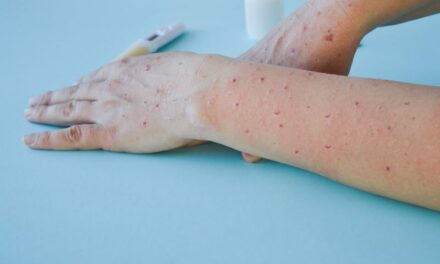A large contact tracing investigation of a patient with monkeypox virus infection found no secondary cases in community or healthcare settings, according to a paper published in Annals of Internal Medicine.
The creation of a framework for assessing specific risk scenarios permitted ease of application by employee occupational health staff and application across the various settings and the findings have important applications for informing future infection prevention efforts, including the administering of postexposure prophylaxis (PEP), according to the paper.
In May 2022, the first case of monkeypox virus infection in the United States in the current global outbreak was identified. Until the case patient was identified as a person under investigation for monkeypox, he received care in many locations without specific precautions. As part of the public health and healthcare facility response, a contact tracing and exposure investigation was done.
Researchers from Massachusetts General Hospital, Beth Israel Lahey Health, and the Massachusetts Department of Public Health describe a framework of contact tracing, exposure identification, risk stratification, administration of PEP, and exposure period monitoring for contacts of the index patient, including evaluation of persons who developed symptoms possibly consistent with monkeypox virus infection.
Those with high-risk exposures were offered PEP, and three elected to have it. Among those with intermediate-risk exposures for which PEP was offered as part of informed clinical decision-making, two elected to receive PEP. No transmissions were identified at the conclusion of the 21-day monitoring period, despite the delay in recognition of monkeypox in the index patient. Public health authorities and healthcare facilities should consider how these findings may inform revised estimates of exposure risk, requirements for monitoring, and recommendations for PEP.




